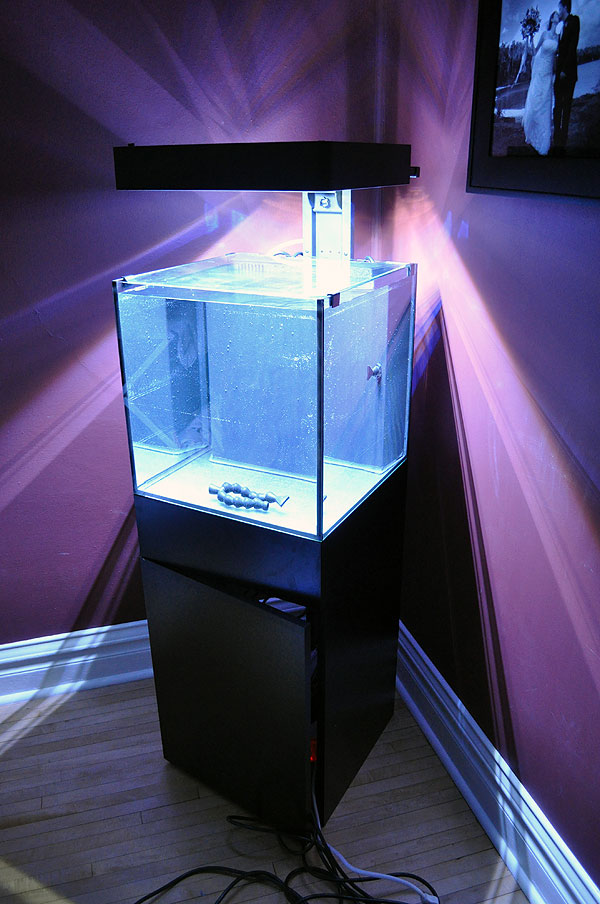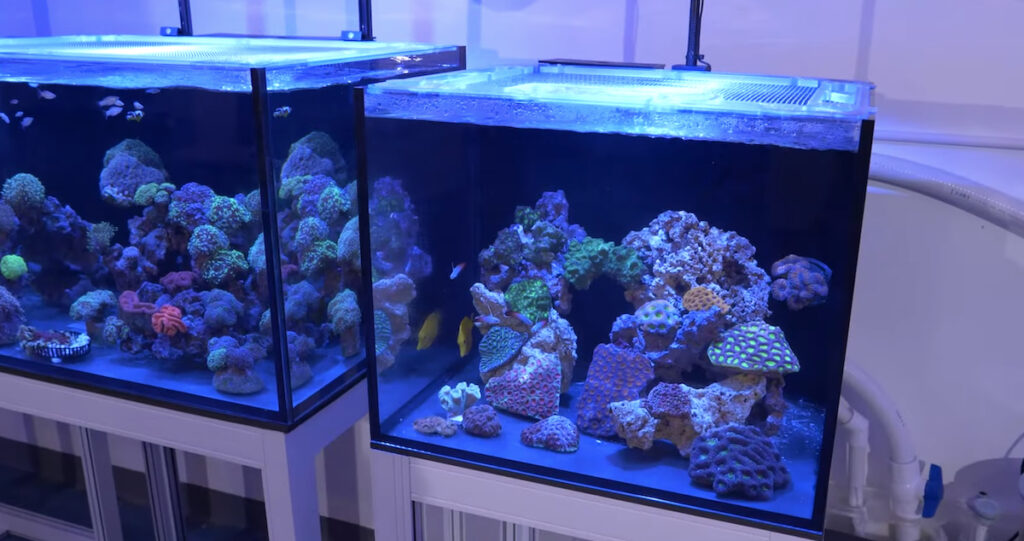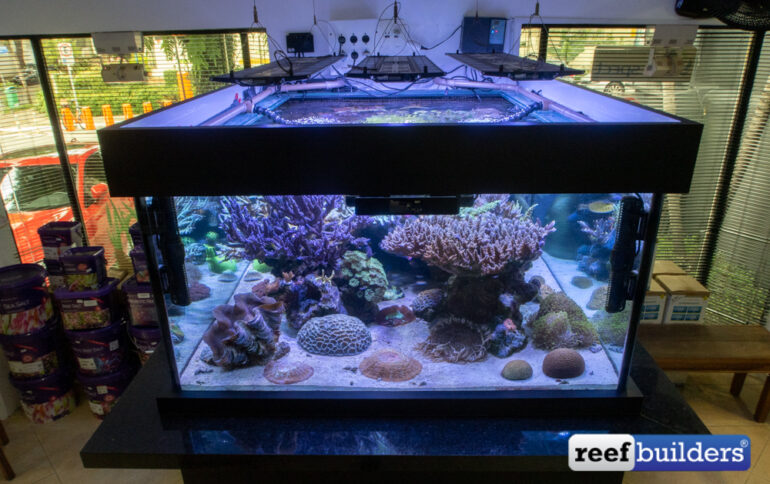Q: I’m setting up my first saltwater aquarium, and one piece of advice I keep hearing is that “bigger is better” when it comes to the size of the tank. I was planning to use a 40-gallon breeder, but now I’m having second thoughts. The trouble is, I have a limited budget and a relatively small living space, so I can’t go too much bigger. Should I hold off getting started until I’ve got more room and money to spend for a larger tank?
-Scott Bylow
A: Thanks for your question, Scott. No, I don’t think you need to postpone your aquarium setup until you can afford and accommodate a larger tank. “Bigger is better” is certainly common advice in our hobby, especially with respect to beginners setting up their first system. In fact, I’ve dispensed this or similar advice myself on many occasions. However, size isn’t the only consideration when choosing your first tank. The decision really has to be more nuanced than that.
There’s solid reasoning behind the recommendation to go bigger. Larger tanks offer more stability in terms of water parameters as well as more latitude when it comes to the number, size, and variety of livestock specimens you can add to the system before the bioload is maxed out. Since failure to maintain stable parameters and overstocking are high on the list of reasons novices “fail and bail,” starting out with a greater volume of water can be a hedge in favor of success and greater longevity in the hobby.

With that said, there’s a point beyond which the benefits of greater water volume can be outweighed by other considerations, such as cost and maintenance demands. For example, generally speaking, the larger the tank, the more you’re going to spend for the lights, circulation and return pumps, heater, protein skimmer, rockwork, substrate, etc. Not to mention, the greater the size of your system, the more daunting and time-consuming routine maintenance tasks tend to become and the more costly synthetic sea salt you’ll burn through with each partial water change.
Also, it’s important to keep in mind that the volume of water a tank holds doesn’t tell the whole story with respect to its suitability for a given aquarium system. The tank’s dimensions play a critical role as well. In some cases, it can actually be better to opt for a lower-volume tank that has more suitable dimensions.
For instance, if I had to choose between your 40-gallon breeder and a standard 55-gallon tank for a reef system, I would probably go with the 40-gallon breeder despite the fact that it holds 15 fewer gallons. The reason being, a 40-gallon breeder, though only 36 inches long versus 48 inches for a 55-gallon, is five inches wider (i.e. front to back) than the 55-gallon, which provides more area for stocking corals.

For a different reason related to budget, I sometimes wish I had selected a tank that’s shorter than my 125-gallon, which measures 72 x 18 x 21 inches. If instead I had gone with, say, a 90-gallon, which measures 48 x 18 x 24, I could have kept pretty much the same variety of livestock but gotten by with just two LED light fixtures to illuminate the tank rather than the three I currently use.
So, rather than say “bigger is always better” when it comes to aquarium size, I would recommend choosing the largest tank that you can reasonably afford, that you have the time and energy to maintain properly, and that offers the most advantageous dimensions considering the livestock you plan to keep.



